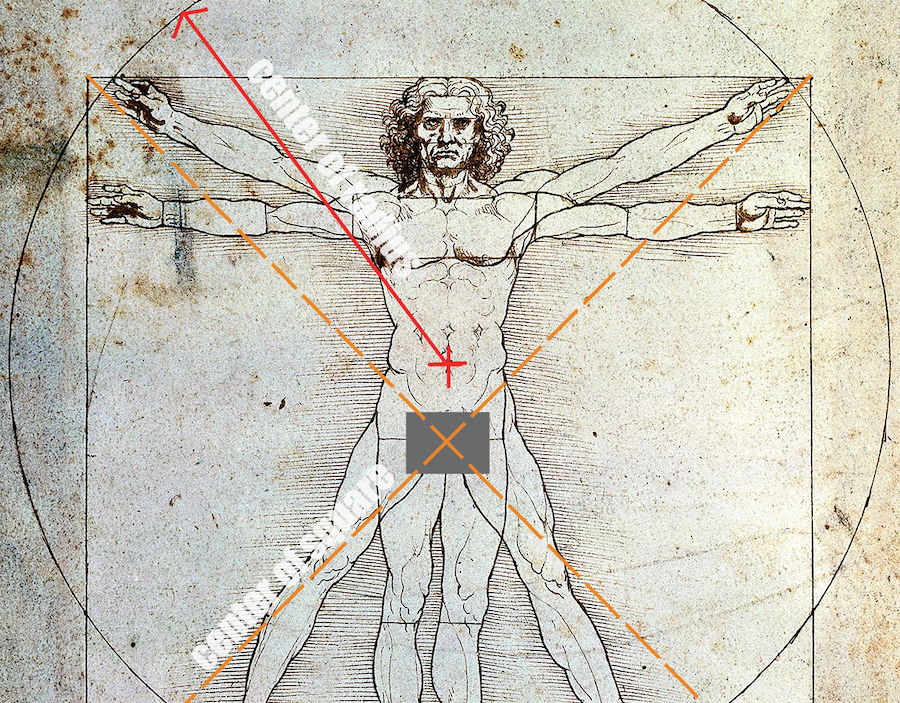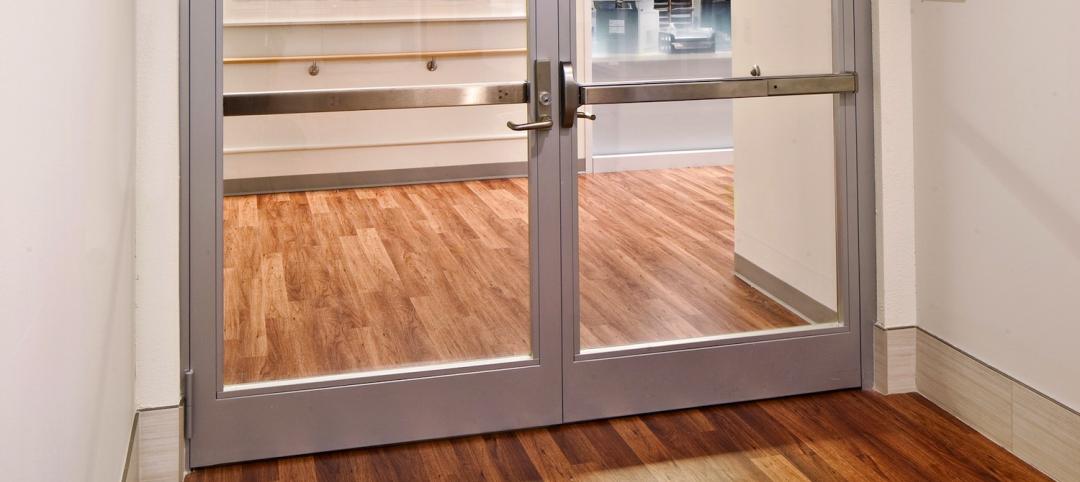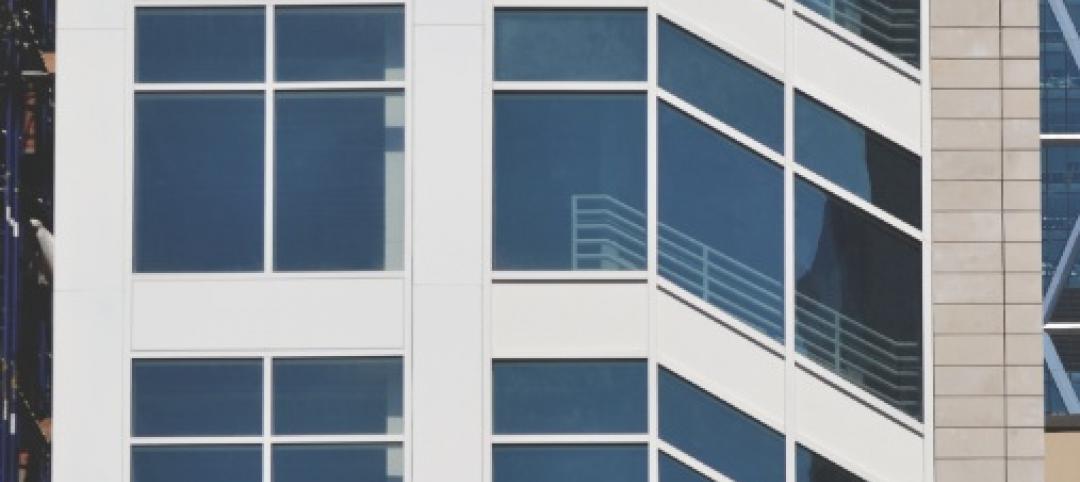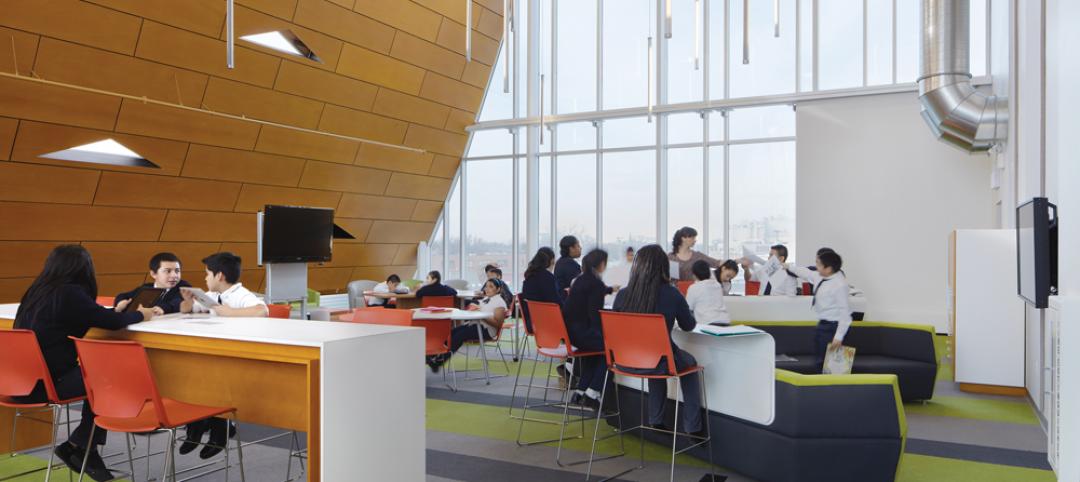Released today, the fifth annual SYLVANIA Socket Survey from OSRAM SYLVANIA finds that consumers are adjusting to new legislation and energy-efficient lighting options, with about half saying that they plan to switch to new lighting technologies. Federally mandated legislation, which was enacted in 2007, has already begun phasing out two incandescent-bulb wattages (100-watt in 2012 and 75-watt in 2013) and will begin its final phase in January 2014 with 60- and 40-watt bulbs.
OSRAM SYLVANIA’s industry-benchmark Socket Survey shows that 38 percent of those polled are aware that the 100-watt bulb was phased out in 2012, which is up from just 29 percent last year and 19 percent in 2010. While these findings show an increase in consumer awareness of the initial legislative phase outs, nearly half are unaware that there will be additional wattages phased out in 2014.
“Consumers are taking time to evaluate their lighting choices, which are now more abundant than ever, and accepting more energy-efficient options,” says Rick Leaman, president and CEO, OSRAM SYLVANIA. “Our company remains dedicated to offering the very best in next-generation lighting choices because it is our responsibility to keep pace with the ever-changing world of technology to meet the various needs of our consumers.”
More than a third of Americans have evaluated their lighting options in the past six months, and more than half (53%) have done so in the past year. With lighting education promoting the acceptance of energy-efficient alternatives and about half of consumers planning to switch to new technologies, it is evident that consumers are shifting their lighting preferences based on their understanding of the evolving industry.
Commissioned annually by OSRAM SYLVANIA, the SYLVANIA Socket Survey is the industry’s foremost national measurement of the evolving consumer lighting landscape. Now, in its fifth year, the survey shows a significant decrease — a 16% drop year over year — in those who said that they have incandescent bulbs in their homes. About one in 10 consumers say that they have LED bulbs in sockets.
Additional findings of the 2012 SYLVANIA Socket Survey include:
Consumer Habit and Trends
- Since 2008, the number of consumers that listed “burned out or broken" as their main reason for switching out their bulbs dropped by 10 percent. 68 percent of Americans say that they have switched lighting for increased energy efficiency.
- While replacement of burned out or broken bulbs and energy efficiency remain as top reasons why consumers choose to switch bulbs, they are increasingly interested in the amount of light (up 16 percent since 2008) and quality of the light color produced (up 19 percent since 2008).
- Longevity, brightness, energy efficiency and price are the top light bulb evaluation factors and are considered important by 9 in 10 consumers.
- Instituted in last year’s survey, the value that consumers are placing on their lighting products being made in America has increased, as 77 percent of Americans now believe it is important that their bulbs are “Made in America.”
Phase-Out Preparedness and New Technology Adoption
- Consumers are evenly split about their awareness of the phase-out of additional wattages through 2014.
- Six in 10 consumers say that they are more excited about the phase-out than they are concerned about it, yet 28 percent of respondents are still worried, as they prefer using traditional incandescent bulbs.
- Sixteen percent of respondents say that they plan to save up or “hoard” 100-watt incandescent bulbs while they are still available, which is very similar to the 13 percent that said that they would stockpile 100-watt bulbs in 2009, 2010 and 2011.
- About half of consumers are likely to switch to alternative technologies, significantly less than in 2010 and 2009. While the remainder is more likely to use lower wattages or stock up on 100-watt bulbs.
The survey was conducted over an 8-day period in November, 2012. More than 300 interviews were conducted via landline and cell phone.
(http://www.sylvania.com/en-us/tools-and-resources/surveys/Pages/socket-survey.aspx)

Related Stories
| Sep 26, 2013
Literature review affirms benefits of daylighting, architectural glazing
The use of glass as a building material positively impacts learning, healing, productivity and well-being, according to a white paper published by Guardian Industries and the University of Michigan Taubman College of Architecture and Urban Planning. The findings highlight the significant influence daylighting and outside views have on employees, workers, students, consumers and patients.
| Jul 23, 2013
Clearly Protective: Glazing for Life Safety at Seidman Cancer Center
Design team turns to fire-rated glazing for interior doors to give access to natural light, patient privacy and clear wayfinding throughout the building.
| Jun 24, 2013
NYC historical landmark features USA-made 2-hour fire resistive curtain wall
Midtown Community Court, designated as a New York Historic Landmark, embarked on an $18 million renovation. However, the building’s south-facing elevation was in close proximity to the property line. Not wanting to sacrifice natural daylight and views to the outside, the architects specified SuperLite II-XL 120 IGU in SAFTIfire CW Framing for the 2-hour fire resistive curtain wall.
| May 17, 2013
5 things AEC pros need to know about low-e glass
Low-emissivity glasses are critical to making today’s buildings brighter, more energy-efficient, and more sustainable. Here are five tips to help AEC professionals understand the differences among low-e glasses and their impact on building performance.
| May 8, 2013
Preventable curtain wall failures - AIA/CES course
In many cases, curtain wall failures are caused by fairly simple errors that occur during the fabrication and installation process. This presentation will highlight common errors and when they typically occur.
| Apr 30, 2013
Tips for designing with fire rated glass - AIA/CES course
Kate Steel of Steel Consulting Services offers tips and advice for choosing the correct code-compliant glazing product for every fire-rated application. This BD+C University class is worth 1.0 AIA LU/HSW.
| Apr 10, 2013
23 things you need to know about charter schools
Charter schools are growing like Topsy. But don’t jump on board unless you know what you’re getting into.
| Apr 8, 2013
Oldcastle Architectural acquires Expocrete Concrete Products
Oldcastle® Architectural has acquired Expocrete Concrete Products Ltd., giving North America’s largest producer of concrete masonry and hardscape products an increased presence in the high-growth region of western Canada.
| Apr 8, 2013
Most daylight harvesting schemes fall short of performance goals, says study
Analysis of daylighting control systems in 20 office and public spaces shows that while the automatic daylighting harvesting schemes are helping to reduce lighting energy, most are not achieving optimal performance, according to a new study by the Energy Center of Wisconsin.
| Mar 27, 2013
Small but mighty: Berkeley public library’s net-zero gem
The Building Team for Berkeley, Calif.’s new 9,500-sf West Branch library aims to achieve net-zero—and possibly net-positive—energy performance with the help of clever passive design techniques.

















